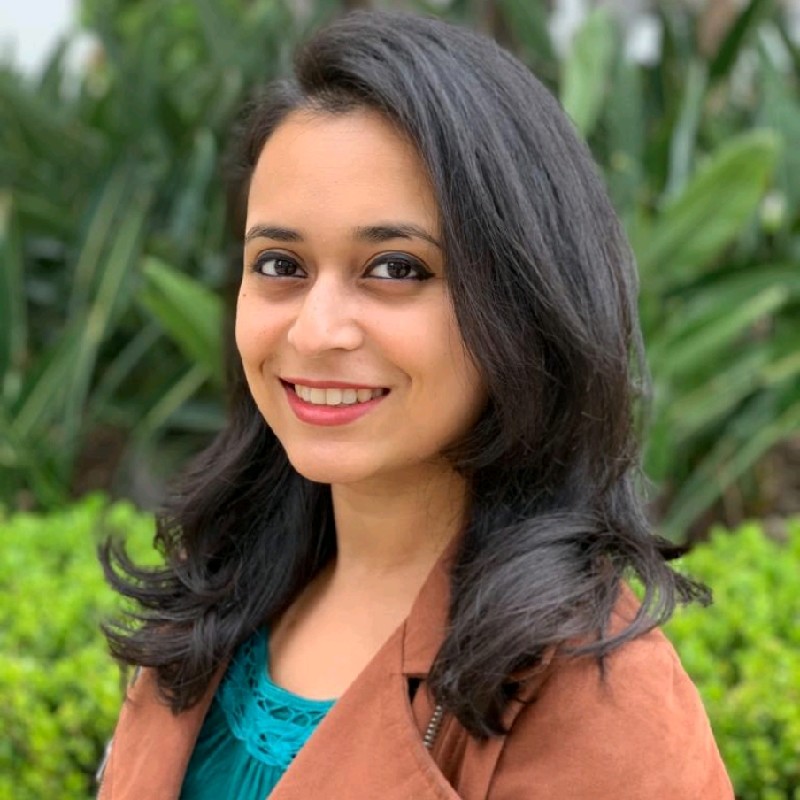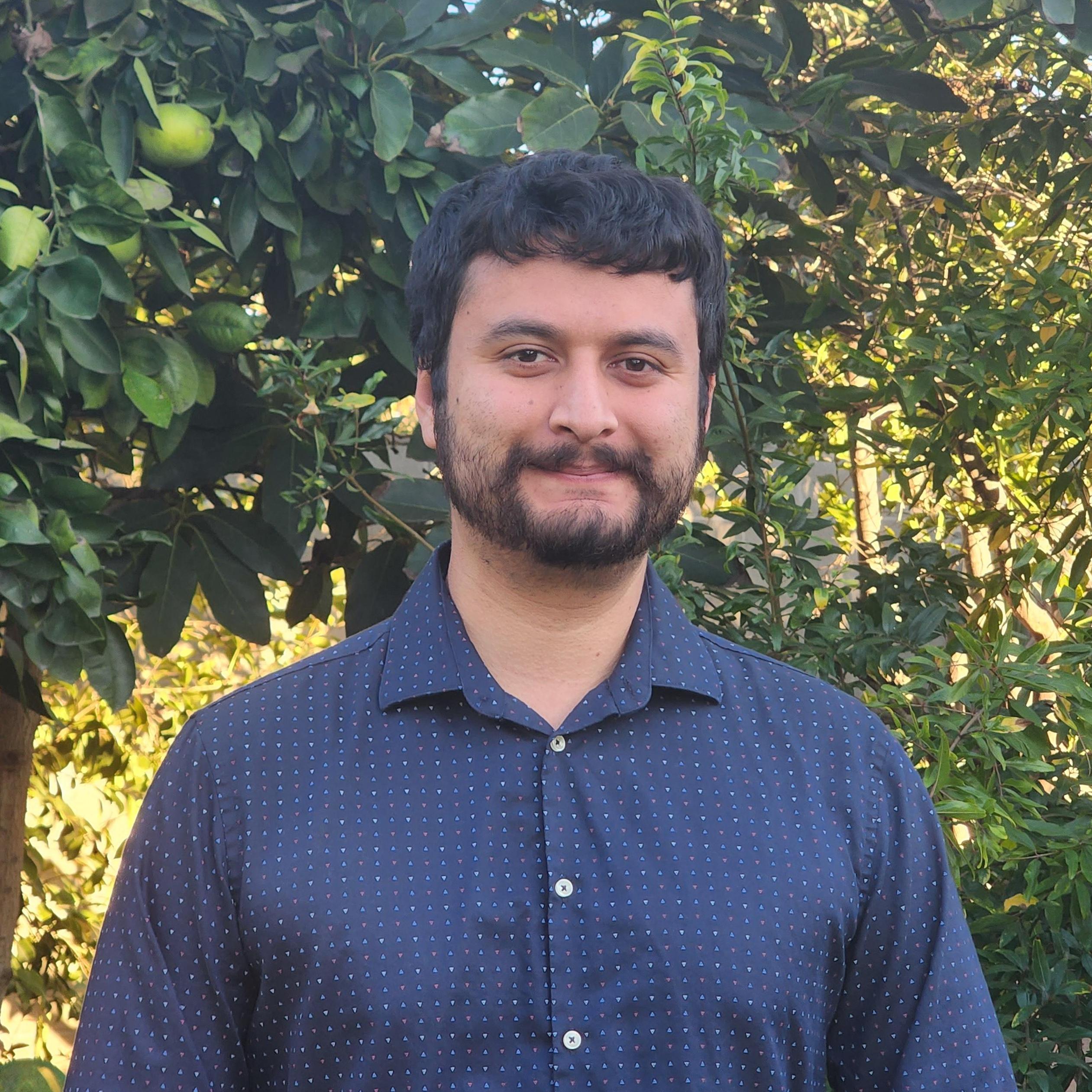
What You Need to Know about the California Industrial General Permit Enforcement
February 12, 2025
By: Sohini Bagchi, QISP and Cesar Santana, QISP
As industrial facility managers and environmental compliance officers, staying informed about the evolving enforcement of the Industrial General Permit (IGP) is crucial for compliance and environmental protection. Following our previous blog on the 10 Key Updates to the IGP in 2025, this installment delves into the latest enforcement trends and compliance expectations discussed at the annual California Stormwater Quality Association (CASQA) Conference in October 2024. Here, we break down the critical updates and requirements by a few of the Regional Water Quality Control Boards (RWQCB) and the State Water Resources Control Board (SWRCB). These discussions shed light on California’s evolving regulatory landscape and offer valuable lessons for industrial facilities nationwide.
Regional Enforcement Trends:
Region 2 (San Francisco Bay)
- With a high percentage of facilities failing to collect stormwater samples, this region will prioritize inspections for facilities missing Qualifying Storm Event (QSE) samples during the reporting year.
- Additionally, the Pollutant Source Assessments in the Stormwater Pollution Prevention Plan (SWPPP) often fail to identify pollutants beyond the three essential parameters. Inspectors will now ensure that these assessments are conducted diligently, considering the on-site industrial materials that contribute to stormwater pollution.
- The RWQCB is also addressing the issue of templatized SWPPPs with generic details by requiring more site-specific submissions.
Region 3 (Central Coast)
- With a focus on enhancing stormwater training for facilities to improve compliance, more robust and intensive training is advised for the pollution prevention team.
- Many facilities are not collecting enough samples, which could result in potential notices of violation by the RWQCB.
- Facilities claiming no discharge or unsafe sampling conditions must now provide verifiable proof to support their claims with the help of a No Discharge Report (read more about this in 10 Key Updates to the IGP)
Region 4 (Los Angeles)
- Facilities submitting incorrect pH readings will no longer be allowed to amend ad hoc monitoring reports retroactively. Due to inaccuracies in litmus paper readings, the LARWQCB region strongly advocates for the use of pH meters instead of pH strips. If an incorrect reading triggers an Exceedance Response Action (ERA) report, the report will still be required.
- Sampling for all Numeric Effluent Limit (NEL) impairments listed for the impaired waterbody that the site discharges to is discouraged when not relevant to the site. This practice increases future costs and potential liabilities. Facilities should avoid unnecessary parameter testing if it does not apply to their operations.
- An increased emphasis will be placed on meeting annual reporting deadlines, which are being missed by a number of sites.
- Subchapter N effluent guideline compliance will be strictly enforced.
State (SWRCB) Enforcement Priorities
At the state level, several common issues have been identified:
- Certifications and Documentation: Discrepancies between Chain of Custody (COC) forms and SWPPPs, errors in sampling methodology, and incomplete pollutant source assessments must now be addressed. Maintaining No Exposure Certification (NEC) compliance year-round is crucial, as dischargers failing to meet NEC requirements risk losing certification, becoming non-filers, and incurring mandatory minimum penalties of $5,000.
- Late and Inaccurate Submissions: Increased enforcement of deadlines and reporting accuracy. Address prevalent data entry issues such as unit errors (e.g. milligram/liter vs microgram/liter).
- Sampling Requirements: Facilities operating during standard hours must collect samples if there is a QSE. Closures during standard operating hours mentioned in the SWPPP are not exempt from this requirement. Facilities that cease operations during a rain event still have exposure and must collect samples.
- Compliance Group Challenges: New mandates under Water Code 13383 Order R4-2024-0188 require the following for Compliance Group facilities with Level 2 exceedances:
- Uploading inspection records for compliance groups.
- Conducting at least four QSE samplings annually.
- Infiltration Concerns: Design and maintenance issues with infiltration systems are a significant concern:
- Minimal pretreatment and deficient Best Management Practices (BMPs) raise concerns about shallow groundwater contamination.
- Infiltrated water may carry nitrates and other pollutants to shallow aquifers and rivers without adequate filtration.
- Sandy soils may allow infiltration but fail to provide cation exchange capacity, limiting metal absorption.
- Pretreatment of groundwater is now essential for infiltration systems. Lysimeters should be avoided, and influent monitoring should be coupled with pretreatment.
Next Steps
Understanding these regional and state enforcement trends is crucial for maintaining compliance and protecting our water resources. For more detailed insights, check out our previous blog on the 10 Key Updates to the Industrial General Permit in 2025. If you have any questions or need assistance with compliance strategies, contact our team of Qualified Industrial Stormwater Practitioners (QISPs) today.
 Sohini Bagchi, QISP
Sohini Bagchi, QISP
Project Manager
Ms. Bagchi has over seven years of experience in environmental permitting and compliance that includes stormwater compliance, hazardous materials and waste management, and environmental site assessment. Currently she serves as an environmental engineer and project manager providing multimedia consulting support to a variety of industries including solid waste, food and beverage, oil and gas, manufacturing, chemical, and counties. She has been able to provide cost-effective environmental engineering solutions to over 40 public and private clients by way of conducting on-site inspections, interpreting and implementing conditions of the National Pollutant Discharge Elimination System (NPDES) permit. She is able to provide ongoing Industrial General Permit compliance support through the preparation of Notice of Intent (NOI) applications, Storm Water Pollution Prevention Plans (SWPPP), and Exceedance Response Actions (ERAs) that include guidance on erosion, sediment, and structural controls that best fit a facility’s operational needs. She provides annual stormwater training for clients all over California on aspects required by the IGP and is able to assist sites with stormwater litigation and negotiation.
 Cesar Santana, QISP
Cesar Santana, QISP
Project Engineer
As an expert in leading stormwater sampling programs across Southern California for major government and industrial water companies, Cesar brings over five years of experience in comprehensive stormwater management and water quality data analysis. His expertise in developing complex plans and facility training programs for Storm Water Pollution Prevention, Exceedance Management,, Water Quality Corrective Action and Hazardous Materials has been instrumental in ensuring compliance for facility programs.

